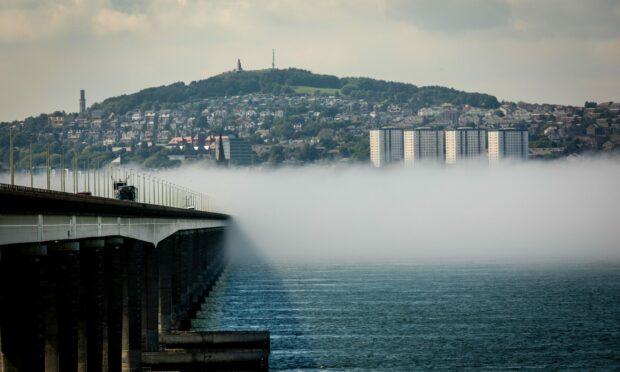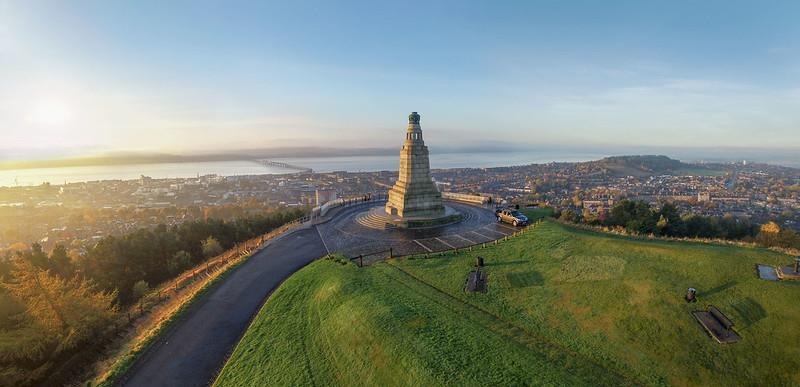Dundee has long standing problems with air pollution.
Lochee Road and Seagate historically rank among the five worst polluted streets in Scotland.
And although fewer vehicles in the city during the pandemic has brought cleaner air to former blackspots, concerns remain.
And it’s not just polluting vehicles. The city’s unique geography plays a significant role.
I spoke to Dundee University expert Alistair Geddes to find out more about why Dundee suffers from dirty air.
It turns out the shape of the city may play a key part in trapping toxins.
While the city’s unique topography gives it a picturesque quality, its hillside may be part of the problem.
It creates less wind.
How does the shape of a city affect air pollution?
Alistair said: “In Dundee we have the ridge formed by the Law and Balgay Hill, which forms a break.
“One side of the city does slope down towards the Tay, so there’s a degree of bowl shape there.”
These factors, combined with there being more higher buildings in the city centre, means pollutants do not move away as freely as they would in flatter, more open areas.
He added: “You’ve got to remember, the hub of the city is the centre.
“If you think about the need to service shops, lorries coming in for that, people getting in for shopping or work, and buses coming in.
“There’s a number of things that get concentrated in a city centre.
“Of course, Dundee is not alone in that. It’s part of how cities function.”
What can we do?
Alistair said the recent low emission zone will help clear Dundee’s air.
Dundee is also at the forefront of electric vehicle technology, with a high number of EV buses, bin lorries, taxis and council vehicles.
But what else can be done, short of barring polluting vehicles entirely?
If he had access to a time machine, Alistair would consider moving the Tay Road Bridge.
Its current location creates a “need” for traffic to converge near the city centre.
“If we were starting now, would we have the Tay Bridge where it is?
“Or would it be further upstream, towards Riverside near the rail bridge?
“That way, you keep the city centre free.
“I know of the people who have visited the Waterfront. They are interested in active travel but have been very critical.
“It’s still designed around two massive roads, with a garden sandwiched in between.”
Clean Air Day is on Thursday, June 16. It is the UK’s largest air pollution campaign.
As minds turn to cleaner air in the city, what else can we do?
Alistair thinks bottleneck traffic, such as often seen on Lochee Road, should be addressed.
He added: “You can look at what can be done on the management side.
“We’ve got these pollutants, how can we make them dissipate quicker?
“A shift towards electric, less use of individual vehicles, more use of public transport, cleaning up the public transport fleet.
“Those are the things that are going to make a big difference.”












Conversation